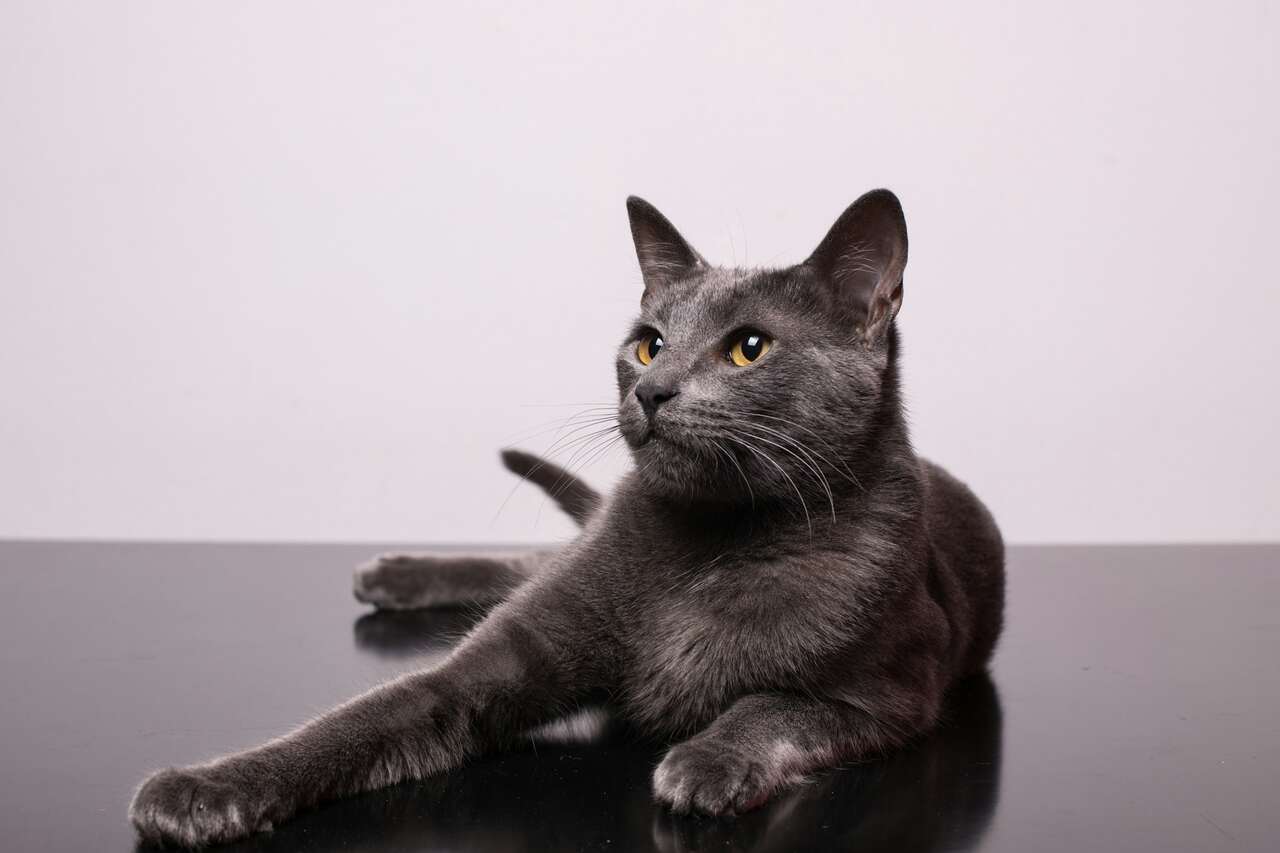
As feline owners, we know that cats are very interesting creatures. Despite our friendship with kitties starting thousands of years ago, there are still things scientists are discovering about these magnificent beings.
With that in mind, here are some surprising facts about cats you may not know:
1. Cats can be right-pawed or left-pawed
Observing your cat doing its daily activities, like grooming or playing, you’ll likely notice it prefers to use one paw over the other. Researchers have noted that 75% of cats show some level of laterality.
Unlike humans, who are 90% right-handed, a meta-analysis determined that 39% of cats are right-pawed and 36% are left-pawed. While cats are much more likely to be ambidextrous than we are, left-handedness is more common in both male cats and humans.
2. Cats can’t taste sweet
Ever thought about giving your cat a piece of your dessert as a tasty treat? While cats have taste buds to help ensure their food is fresh and safe to eat, they’re not capable of distinguishing sweet tastes.
Since cats are carnivores that don’t need carbohydrates to survive, they don’t require receptors that respond to sugars. Many owners are surprised to learn that a cat begging for a piece of ice cream is actually more attracted to the fat content than the taste.
3. Cats can detect pregnancy before you do
Cats have a refined sense to detect animal pheromones, which also extends to human hormones. While the hormones associated with pregnancy don’t have a smell, they can alter your scent in noticeable ways for your cat, even in early pregnancy.
Felines are also highly sensitive to heat and vibration, so they may be drawn to the heightened basal body temperature of pregnant women and the fetal heartbeat throbs.
If your kitty has an early insight into your pregnancy, it’s hard to predict how it will react. Some cats become very protective or affectionate, while others become defensive about territory.
4. Purring doesn’t always mean a cat is happy
These soothing sounds can communicate much more than contentment. Cats purr to bond with their human companions, communicate needs, and calm themselves in times of stress.
Experts believe that the vibrational frequency of cat purring can also play a significant role in healing injuries, repairing tissue damage, and recovering from illnesses.
With a low frequency of 26 Hertz, feline purring corresponds to the exact frequency used in vibration-based physical therapies for humans.
5. The bumps on a cat’s nose are as unique as a fingerprint
Cat owners are well aware that no two kittens are alike, but if you look closely at your furry baby’s nose, you’ll notice an intricate pattern of bumps.
Just like a human fingerprint, these features are completely unique to your cat and will remain unchanged throughout its life.
While it’s possible to identify cats by nasal prints, there isn’t currently a database in use. Therefore, the best way to locate a missing pet is through microchipping.

